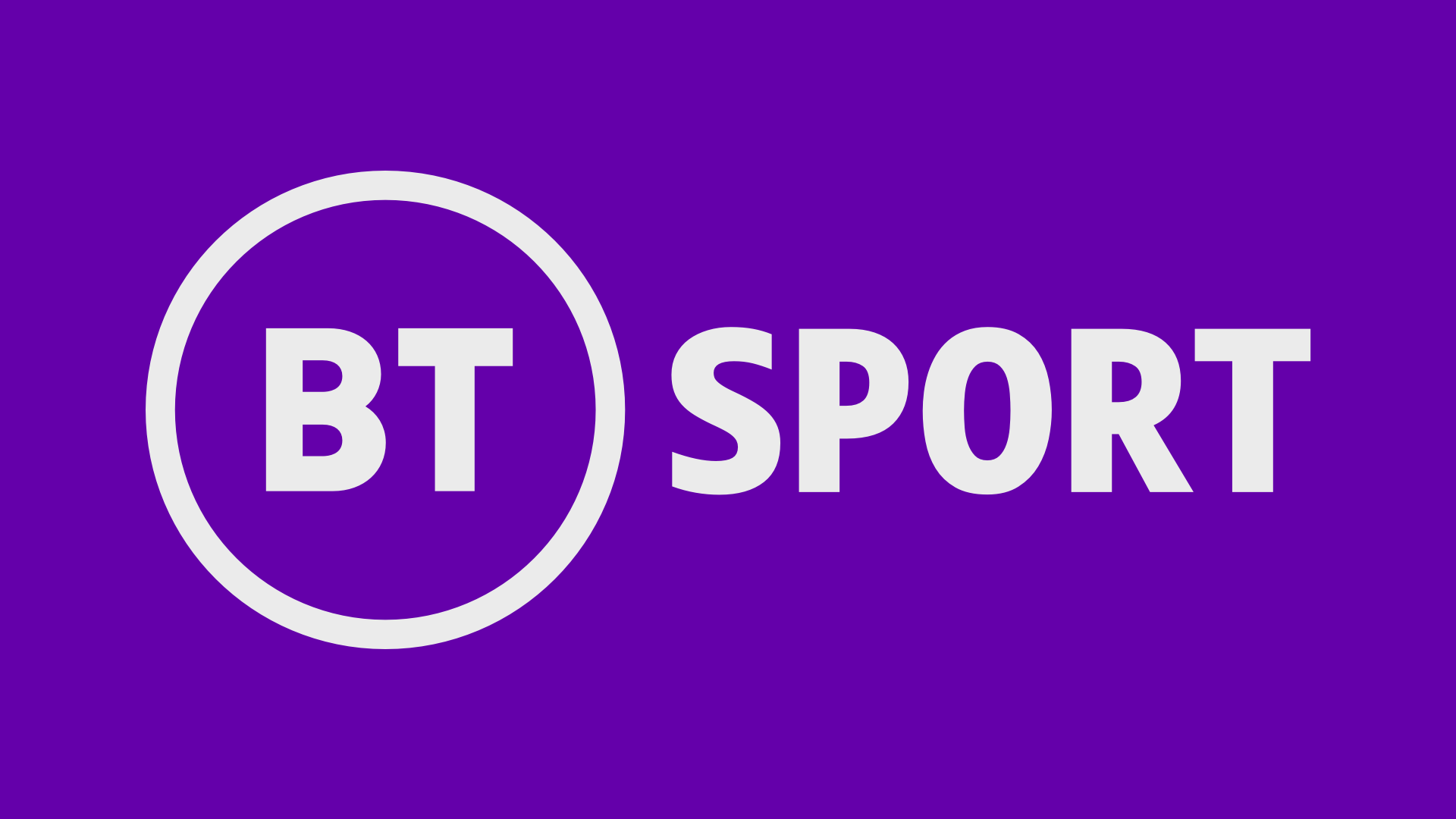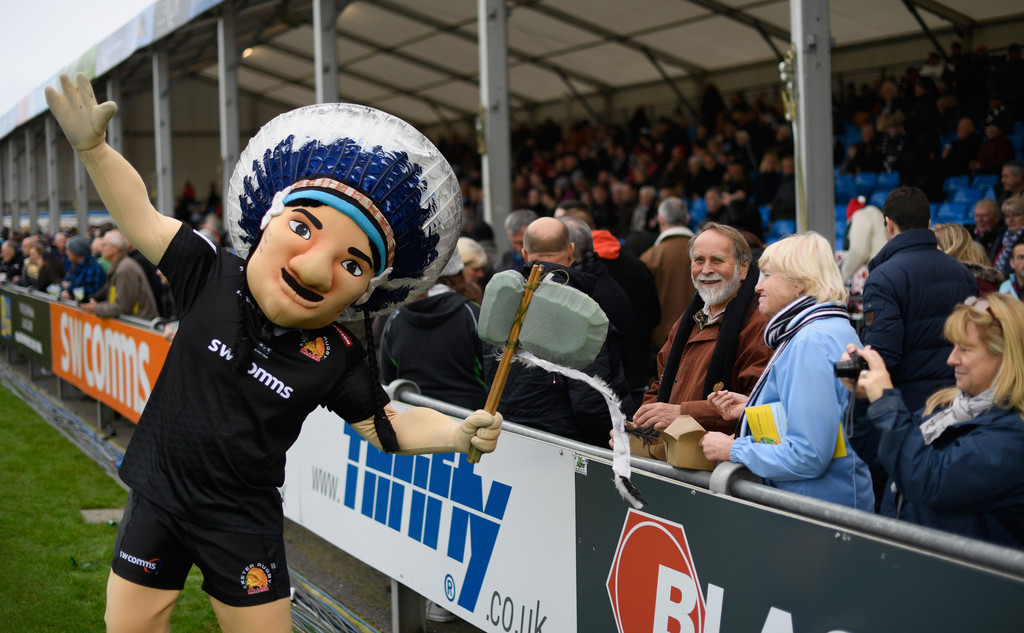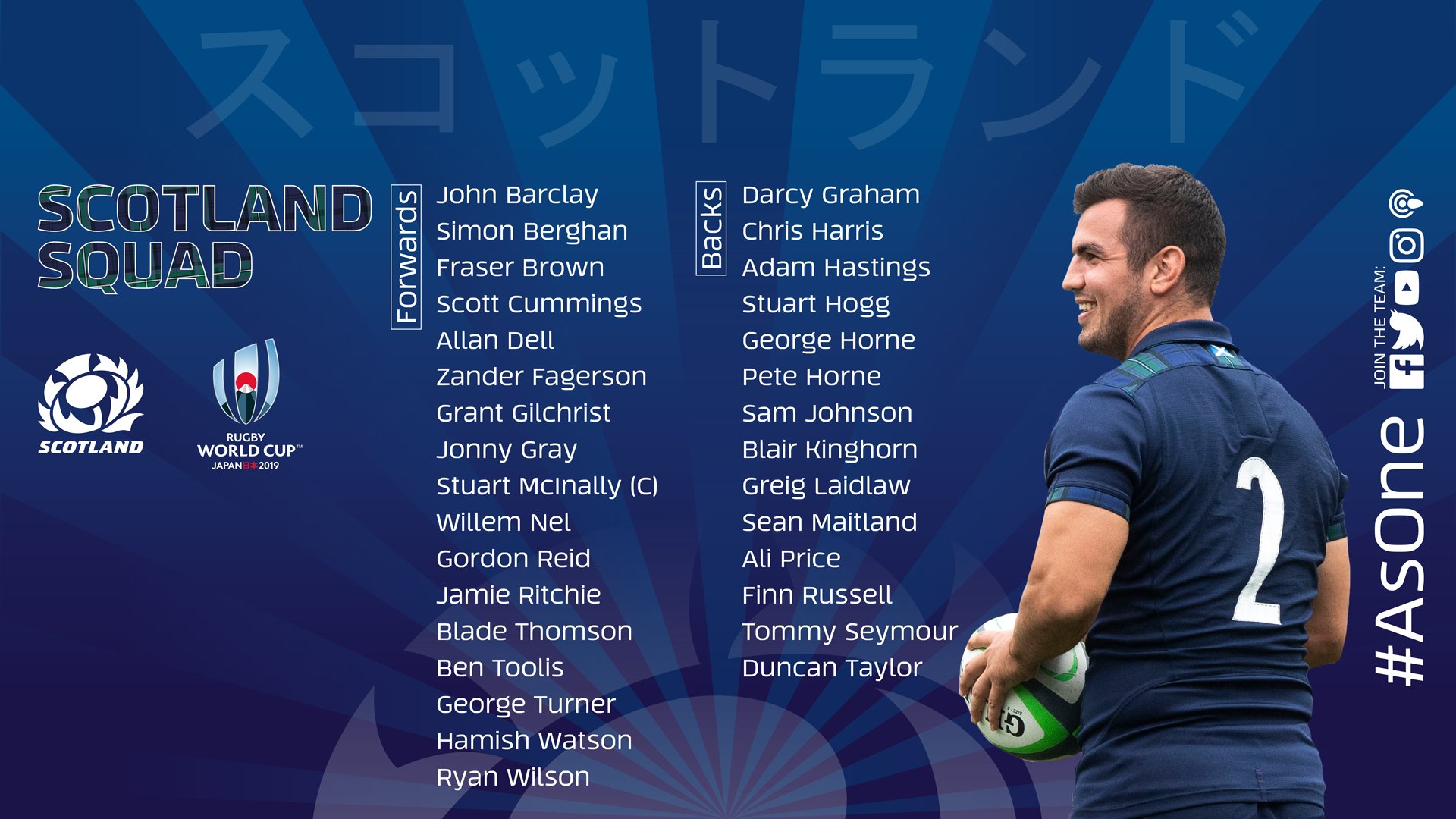
BT Sport currently costs rugby fans at least £15 a month for a minimum of 24 months, or £360 total. That will bring you three fixtures a week from the Premiership, as well as the European Champions Cup, and a sprinkling of Challenge Cup action. If you’re in Australia, you can watch every Premiership game on Stan Sports for $10 AUD (£5.28 at the time of writing) Conversely, for £12.99 a month (or less if you chose a fixed contract) a Premier Sports subscription will show you every live match of the United Rugby Championship (URC) as well as four Top14 fixtures a week.
The result is that whilst Australians can watch all of the Premiership live, those in England may only watch 50% of games at the discretion of the scheduling team selecting the fixtures. Those who follow the URC can watch every game in the UK, Ireland, and South Africa, with games streamed for free to territories without a TV deal (unsure of arrangements in Italy). So why is the coverage so scarce in England?
NB: Information on how to watch all Premiership fixtures available at the bottom of the page thanks to @Rugby_KickOff
The Logic of 50% coverage
Received wisdom dictates that if the games are all on TV, fans won’t go to the ground. After all, who would pay £30 to sit in a cold stand with a £5 pint, where you have to queue for ages to get to the bathroom? Well, last time this writer went to a televised fixture (Friday) it was over 16,000 of us. When BT Sport and Premiership rugby most recently hashed out a deal, 3 matches a week was the agreement, and that won’t change until the deal is replaced or renegotiated (due in 2024).
The pandemic brought new possibilities for fans. With games being played behind closed doors, realistically BT Sport had to show every fixture. If not, with no possibility of fans watching the games in the ground, it would have felt rather pointless. Thus, Premiership Rugby and BT Sport agreed that for the season, all games would be shown to fans, setting the precedent with their most extensive coverage yet, even launching a ‘watch with friends’ option on the app to compensate for lack of matchday experience.
Once fans were allowed back into grounds, coverage defaulted to normal, but many fans are now complaining of the perceived poorer coverage. It’s the same as before the pandemic, (other than the loss of Channel 5’s excellent Monday highlights show) but expectations have grown and rightly so.
Against this backdrop, non-televised fixtures now frustrate many fans who pay their TV subscriptions and/or season tickets but are alienated from 50% of the games, unless they happen to live close enough to attend an untelevised fixture in person. These are available on catch up, but that doesn’t really cut the mustard for most. On average, about 13k will go and see the game from the stands (according to the Rugby Paper 2017), but what of the majority that would have otherwise watched on TV? The drop in coverage is an opportunity missed for more exposure of the game, exposure for sponsors and a better value product for fans to boot.
Now it is worth adding, whilst the overall quantity of coverage has dropped, BT Sport still provide excellent quality coverage on the whole, which is supplemented by an ever improving online presence of the game.
If the decision to broadcast or not had such an impact on crowds, would we not expect to see full-houses at non-televised matches? This is far from the case. Fans who want to go to the stadium, will. They go because they love the atmosphere, the build-up, the social side of the game. Those who don’t or can’t for health reasons as an example, won’t. Decisions on coverage are made for fear of ailing attendances, but the cost of non-televised fixtures is alienating a far larger potential viewership, sitting at home and paying for their TV subscriptions.
BT uncovered a new way of doing business, already adopted by other leagues, and set a precedent. Their match-day coverage with Sunset & Vine is already of a very high standard but covering all of the matches is the next piece in the puzzle. The bar has been raised and logically, the next deal must address this.
Want to know how to watch every game in the UK? Click here.
The Scribbler, 23rd October 2021
Twitter: @RugbyScribbler
Facebook: The Rugby Scribbler



 After months of rumours and unrest, Celtic Rugby have finally confirmed that as of the 2017/18 season, the Guinness Pro12 will be expanded to become the Guinness Pro14. Recently cut Super Rugby sides the Cheetahs and Southern Kings will join the competition, ensuring their survival and bringing much needed, fresh revenue streams to the league.
After months of rumours and unrest, Celtic Rugby have finally confirmed that as of the 2017/18 season, the Guinness Pro12 will be expanded to become the Guinness Pro14. Recently cut Super Rugby sides the Cheetahs and Southern Kings will join the competition, ensuring their survival and bringing much needed, fresh revenue streams to the league.